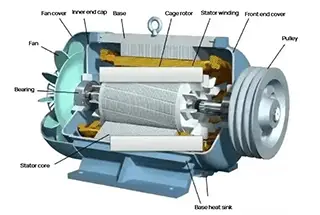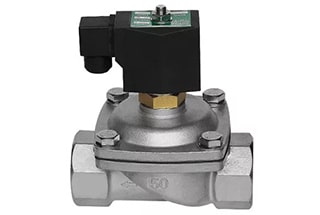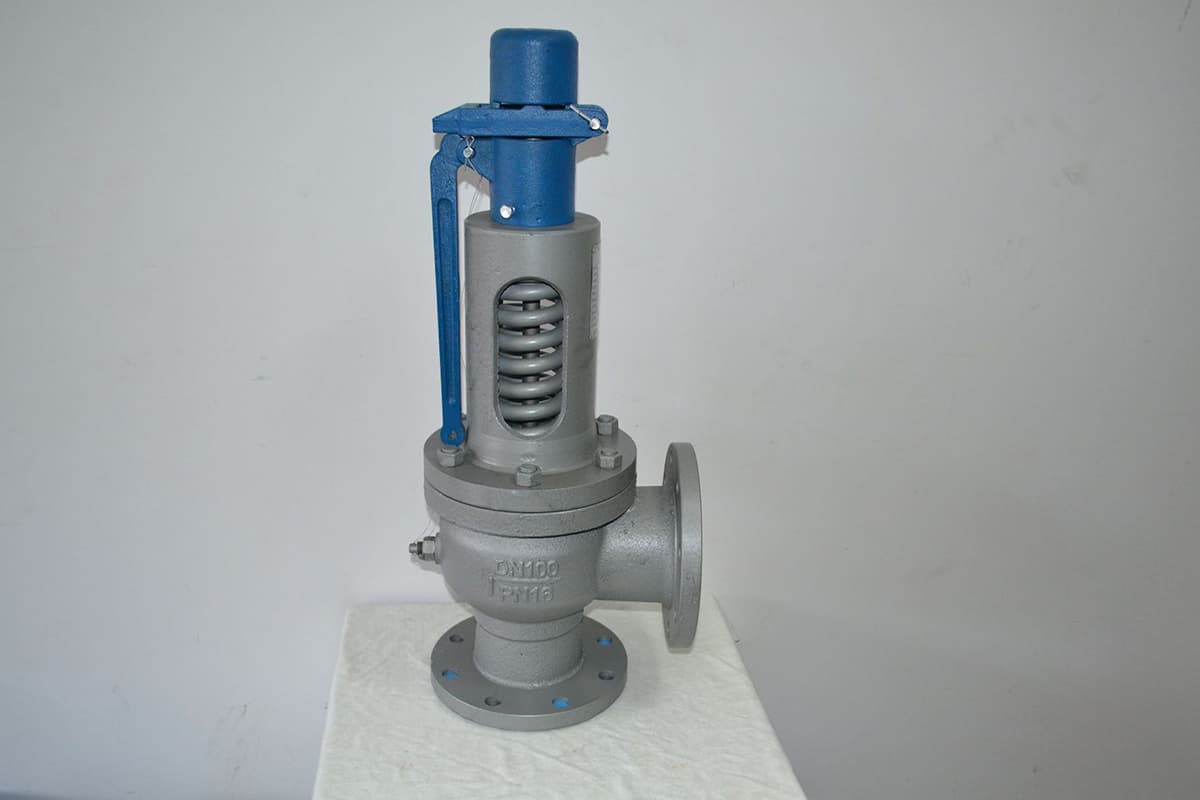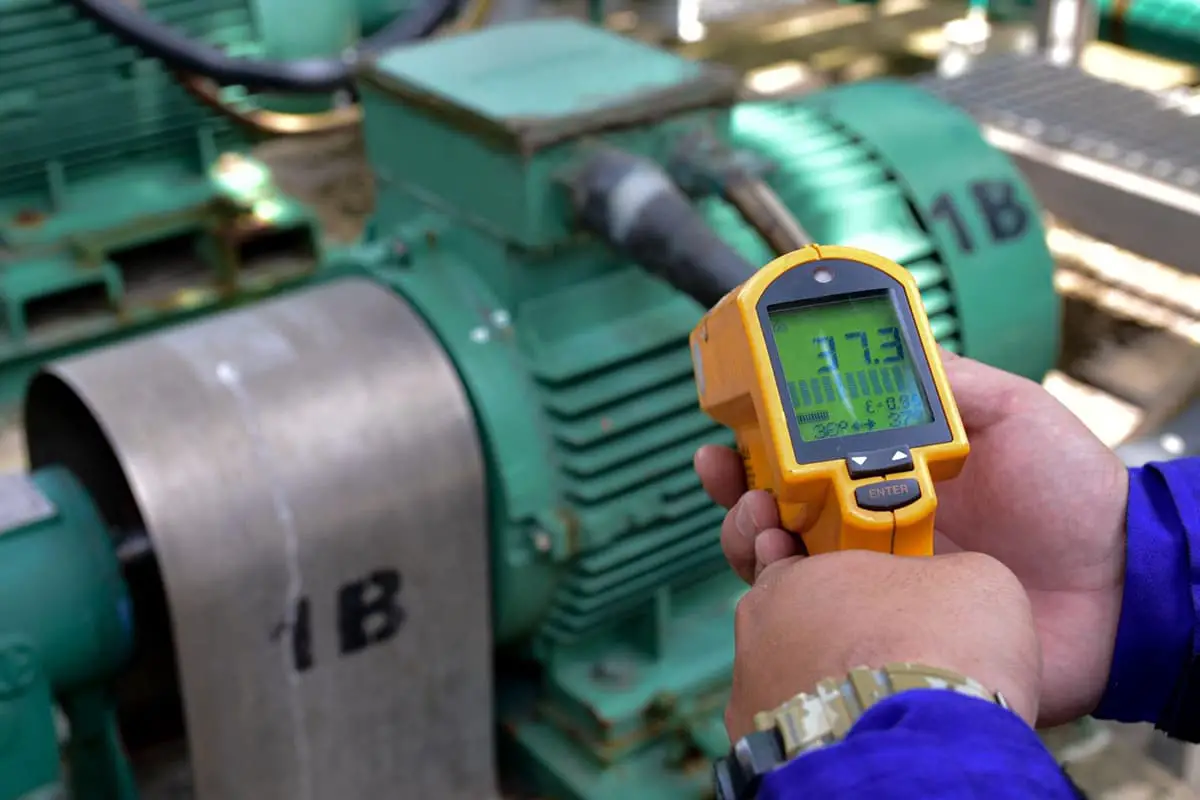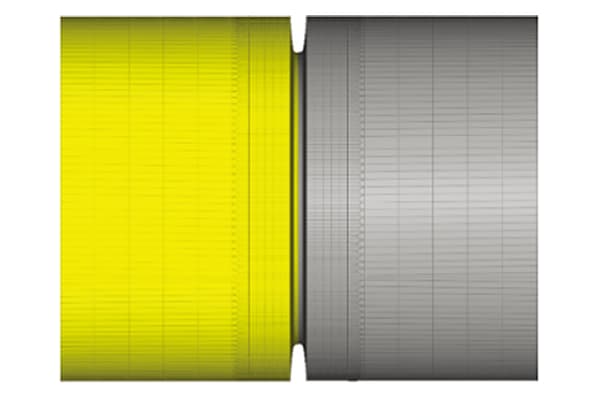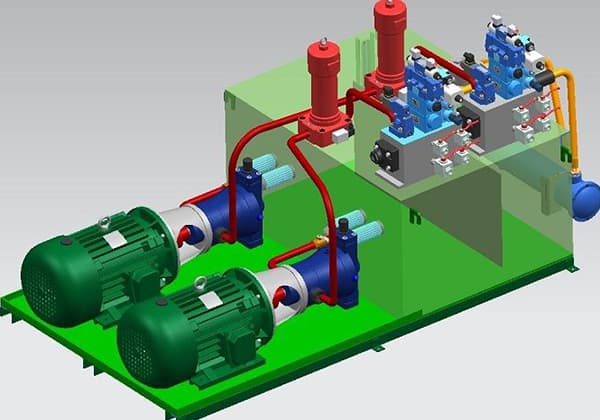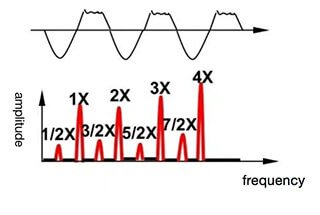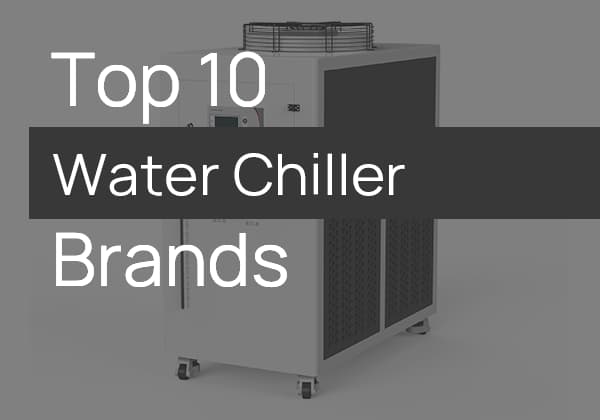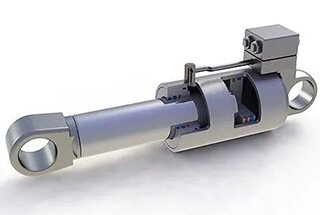
Is oil leakage in your mechanical equipment causing headaches and downtime? This pervasive issue not only wastes resources but also threatens operational efficiency and the environment. In this article, you’ll discover the main causes of oil leakage—from design flaws to improper maintenance—and practical solutions to tackle them. Learn how to enhance your equipment’s performance and longevity by addressing these common problems.
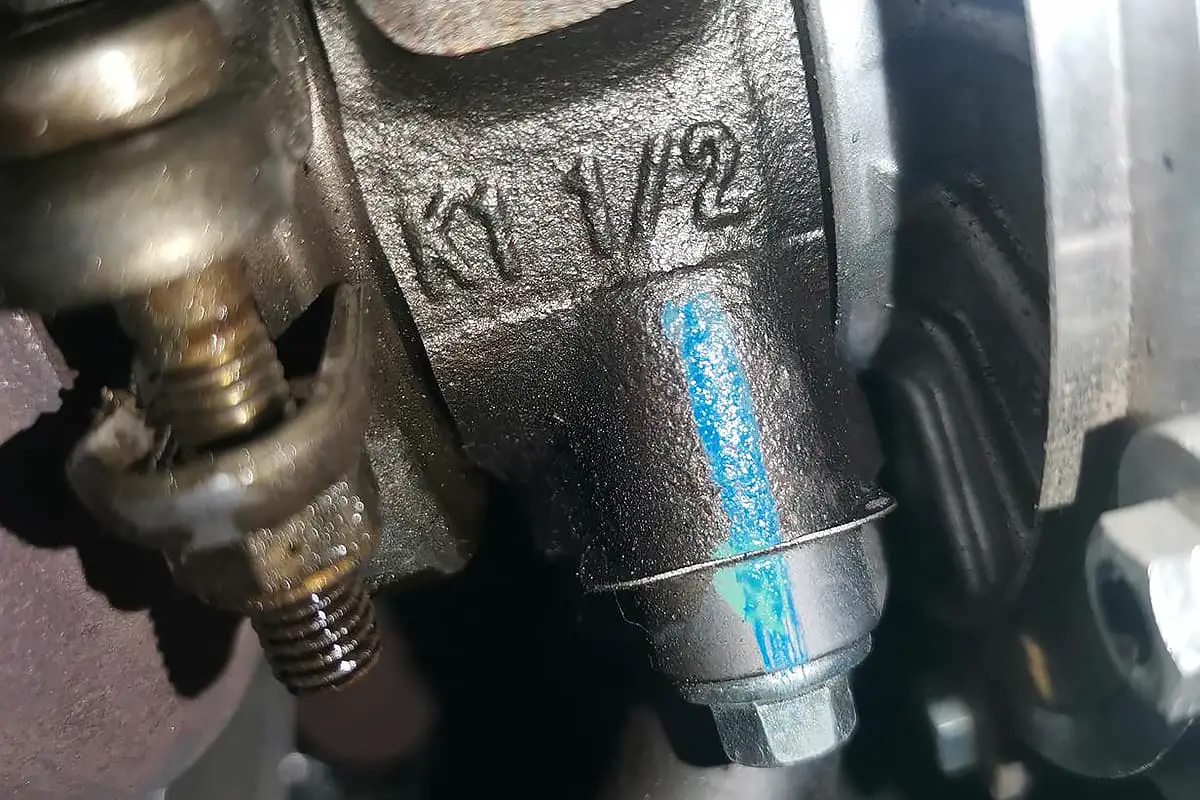
Equipment oil seepage and leakage not only waste resources but also contribute significantly to environmental pollution, making it difficult to thoroughly clean up. If severe, it can affect normal production. This article analyzes the causes of equipment oil seepage and leakage and proposes solutions.

1. Oil leakage caused by unreasonable design and selection leading to oil seal failure
Different equipment operates in different environments and uses different types of lubricating oil, which contain different chemical components. The chemical composition of the oil used was not considered during the design and manufacturing process, and oil seals made of ordinary materials were used.
After installation and use, these oil seals quickly fail due to chemical corrosion, causing oil leakage. Replacing them is very time-consuming and labor-intensive. During equipment maintenance, the operating environment and lubricating oil should be fully considered, and suitable oil seals should be selected for replacement to extend their service life.
2. Oil leakage caused by low manufacturing precision or improper maintenance
During the machining or maintenance of shaft components, the bearing installation position is generally given more attention, often neglecting the machining of the oil seal installation position. This can lead to rough machining or improper maintenance causing local damage. When the equipment is running, the body problem causes the oil seal lip to quickly fail and leak oil.
Therefore, during machining or maintenance, the precision and roughness of the oil seal working area should be strictly controlled to ensure the quality of machining in this area, which can maintain the long-term effective operation of the oil seal.
3. Unreasonable configuration of the exhaust cap, positive pressure gas exists in the oil pool or equipment box
This problem is mainly due to unreasonable design and manufacturing. As the equipment operates, friction generates heat, raising the temperature and causing the molecules in the lubricating oil to vaporize. If the gas is not timely and reasonably discharged from the oil pool or box, it will form positive pressure and cause oil seepage from weak sealing points.
Generally, an exhaust cap is installed at the top of the equipment. However, due to unreasonable temperature selection and calculation during design, the exhaust cap does not discharge all the generated gas from the box in time, causing positive pressure inside the box.
The solution is to enlarge the exhaust hole on the exhaust cap, allowing the positive pressure gas to be discharged timely and reasonably. Another situation is that the lubricating oil leaks out of the exhaust cap along with the gas. In this case, the exhaust cap’s duct should be lengthened, allowing the oil-gas mixture to cool sufficiently before returning the lubricating oil to the box, instead of discharging it with the gas.
4. Unreasonable design of the bearing cover oil return hole
For equipment with self-lubrication, designers have considered how to supply enough lubricating oil to the bearings, but they have not fully considered how the lubricating oil returns to the oil tank shell.
The oil lubricating the bearings cannot return to the oil tank shell in time, accumulates in the space between the bearing and the cover, and seeps out with the rotation of the shaft.
The solution is to enlarge the oil return hole and set up a reasonable oil guide groove, timely and reasonably returning the oil to the oil tank body.
5. Unreasonable configuration of oil inlet and outlet pipelines causes oil leakage
For equipment with circulating oil lubrication, the oil supply pipeline is generally smaller, and the oil return pipeline is larger. When installing the oil return pipeline, it must have a certain downward slope and minimize bends.
Otherwise, the oil return is not smooth, and excessive oil collection at the lubrication point forms positive pressure, causing oil seepage or leakage.
6. Improper operation causes oil leakage
The normal operation of equipment with a lubrication station should first heat the lubricating oil to a certain temperature before starting the oil pump for lubrication. This is extremely important in the cold northern regions in winter. The viscosity of the lubricating oil increases with the decrease in temperature, and its fluidity worsens.
At this time, if the oil pump is started for lubrication, the oil supply pressure increases, causing oil leakage; damaging the oil seal; and damaging the oil supply equipment. In the cold northern regions, it is best to heat and insulate the oil supply and return pipelines to facilitate smooth oil flow.
7. Failure of static sealing of upper and lower box bodies
Generally, there are two reasons for this situation:
① Damage to the local combination surface of the box body or local damage to the sealing gasket during assembly or overhaul.
② The sealing gasket has been used for too long, and it seems intact during overhaul and is not replaced, causing the seal to fail. The solution is to disassemble the equipment, find out the existing problems, repair them, and reseal them.
8. Oil leakage at the oil pipe joint
This problem is generally caused by the oil pipe not being firmly fixed, and the vibration of the equipment during operation causes the oil pipe joint to loosen. It should be noted that the oil return pipeline is usually close to the ground in most cases, so it is necessary to reinforce and protect it to avoid being stepped on by personnel and causing oil leakage.
The above are eight main aspects, and there are some other problems, most of which are interrelated and just manifest in different forms. As long as each equipment manager carefully analyzes different situations and takes corresponding measures, the existing oil seepage and leakage problems of the equipment can be solved.

